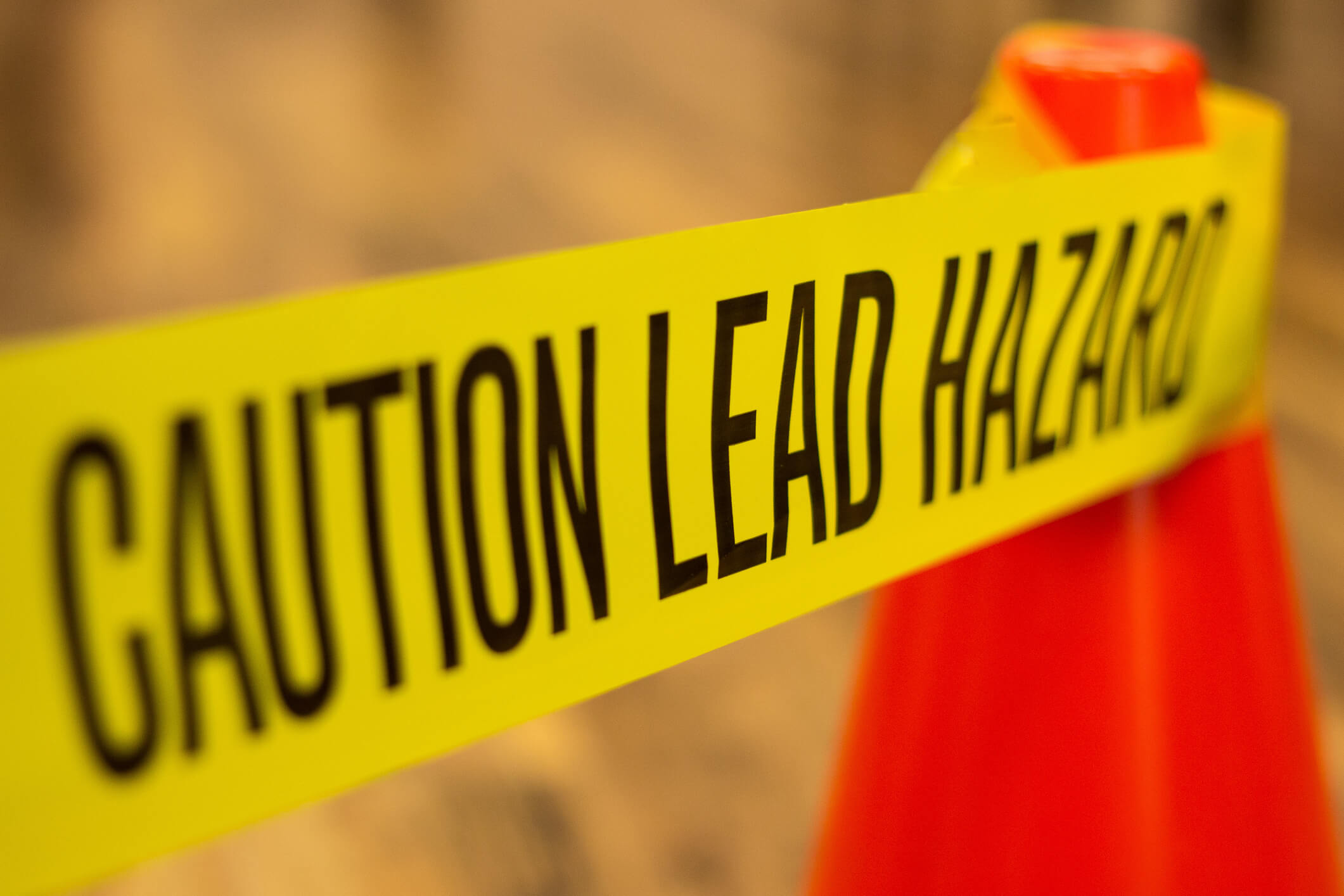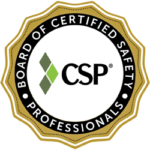Children are some of the most vulnerable people in our society, and this is also true when it comes to lead poisoning. Unfortunately, children are much more vulnerable to lead poisoning than adults. That is why the focus of the National Lead Poisoning Week is focused on this segment of the population. Due to the fact that RPF Environmental is a service provider to mostly commercial organizations, we would like to discuss some of the ways lead poisoning prevention affects our business clients.
To learn more about how we can accomplish your goals by upholding these lead standards, call us at 603-942-5432 or contact us online.
Occupational Safety
Both children and adults alike are impacted by lead exposure. Some of the long-term effects of lead exposure include:
- Damage to a fetus if the individual is pregnant
- Nerve damage
- Issues with memory and concentration
- High blood pressure
- Digestive disorders
- Muscle and joint pain
- Fertility issues in both genders
Lead was widely used in a variety of products throughout history, including cosmetics, paint, solder, pipes, and gasoline. Nearly all homes were built using lead before roughly the 1980s due to its resistance to corrosion and leaks. It was not until March of 1979 that pediatrician and child psychiatrist Herbert Needleman documented the dangers of lead exposure. He connected lead with damaging effects like the ones listed above.
Workplaces in industries such as smelting, auto body shops, and construction are a major source of lead exposure for adults. There are also some hobbies that can lead to lead exposure, including stained glass, pottery, preparing homemade bullets, and fishing.
In residential settings, toxic lead can be found in surface dust inside and outside workplace buildings, as well as in the surrounding soil. In large part, the lead exposure in these situations is caused by lead that has worn off of chipped painted surfaces, due to scraping, abrasions, sanding, or otherwise breaking lead paint surfaces. While lead is not actively produced today and has largely phased out, it still exists in the dust on the Earth’s surface and on urban streets. In the past, fallout in the air came from the combustion of leaded gasoline as well as emissions from factories.
By law, employers and building managers must comply with OSHA’s standards for lead exposure. For example, the Permissible Exposure Limit (PEL) for lead in the air of employees’ breathing zones is an average of 50 µg/m3 over an 8-hour period. Additionally, employees that are exposed to more than 30 µg/m3 for more than 30 days per year must be periodically tested to determine their Blood Lead Levels (BLL) and employers must respond appropriately to ensure the health and wellbeing of affected employees. Details about these rules can be found on the OSHA website. To help meet these standards, businesses employ certified firms to inspect for lead and conduct lead exposure assessments. This step is critical in solving lead concerns in the workplace.
Landlord and Property Management Liability
In 1978, the federal government banned consumer uses of lead-containing paint, but buildings that were constructed before that time might still contain it. This means that those who are selling a building must disclose any known information about lead-based paint before the sale is complete. The sales contract must also contain a specific warning. Because buyers have up to ten days to check for lead paint during the same of buildings, the need for an inspection for the presence of lead by a certified firm might become necessary. Similarly, for renters, leases must contain a warning about lead-based paint for buildings constructed before lead was banned in order to disclose the information.
General Construction RRP Rule
The Environmental Protection Agency established the Lead Renovation, Repair and Painting Rule (RRP) to help alleviate the concerns of contractors disturbing lead-based painted surfaces. The rule applies to any individual or company that is paid to perform renovations in homes, pre-schools, or childcare facilities built before 1978. It involves training and maintaining certification on lead exposure as well as best practices for the ways to follow work practices that prevent environmental damage and accidental poisonings.
AT RPF Environmental, we offer an array of services related to lead poisoning prevention. This includes, but is not limited to, lead inspections, lead risk assessments, OSHA worker exposure surveys, EPA-related waste compliance for lead and lead-containing paint, EPA-accredited RRP training, and refresher training. Our upholding of responsibilities in this area aligns with our mission to provide quality services that meet all regulatory and industry standards. As a consulting firm with a wide variety of resources and experts in many fields, RPF Environmental guarantees some of the fastest turnaround in the industry.
To learn more about how we can accomplish your goals by upholding these standards, call us at 603-942-5432 or contact us online.




